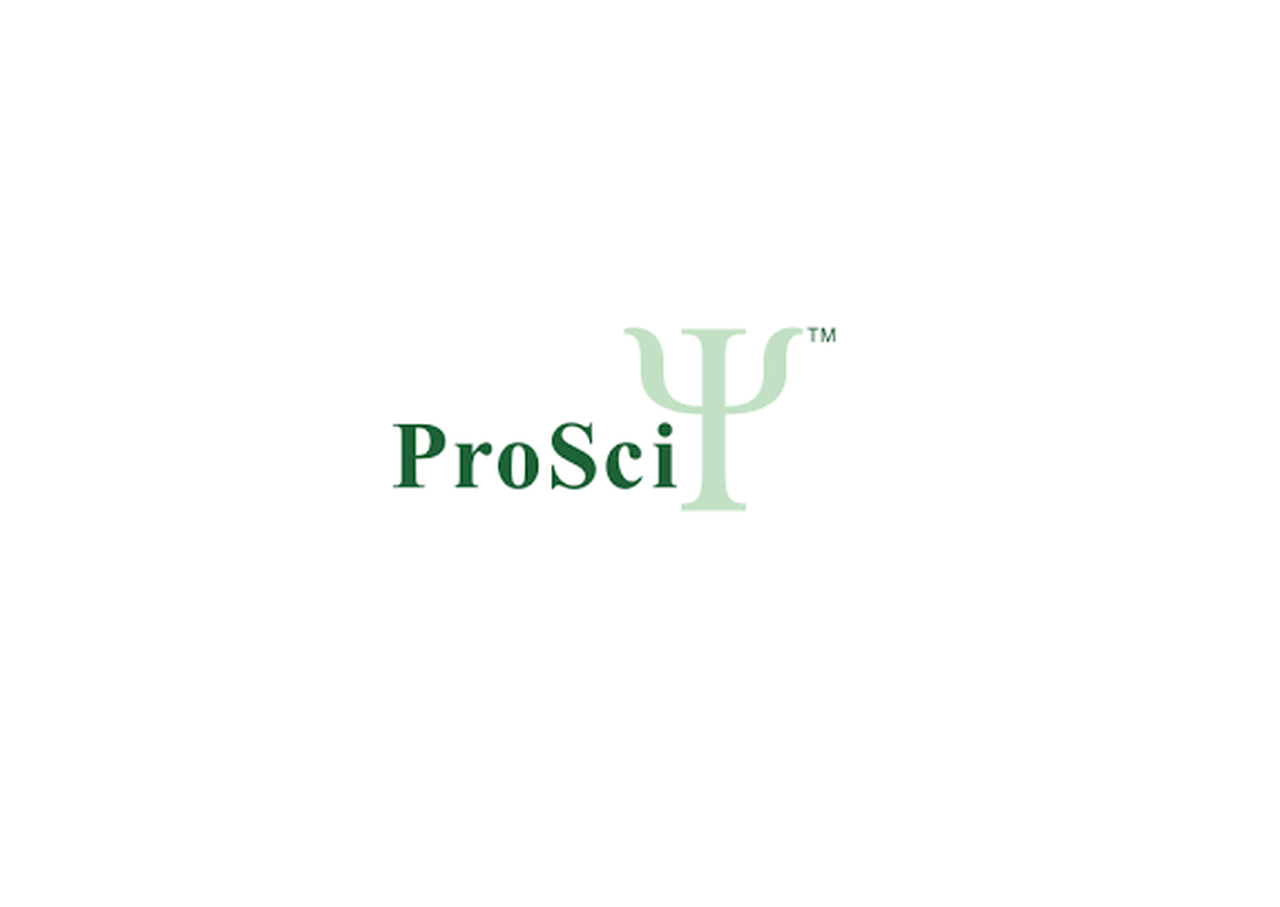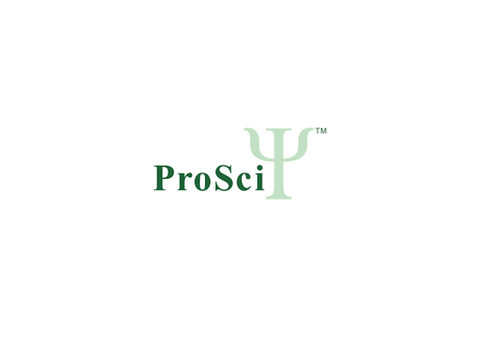Product Description
ENPP3 Antibody | 60-695 | ProSci
Host: Rabbit
Reactivity: Human
Homology: N/A
Immunogen: This ENPP3 antibody is generated from rabbits immunized with a KLH conjugated synthetic peptide between 814-843 amino acids from the C-terminal region of human ENPP3.
Research Area: Obesity, Signal Transduction
Tested Application: WB
Application: For WB starting dilution is: 1:1000
Specificiy: N/A
Positive Control 1: N/A
Positive Control 2: N/A
Positive Control 3: N/A
Positive Control 4: N/A
Positive Control 5: N/A
Positive Control 6: N/A
Molecular Weight: 100 kDa
Validation: N/A
Isoform: N/A
Purification: This antibody is purified through a protein A column, followed by peptide affinity purification.
Clonality: Polyclonal
Clone: N/A
Isotype: Rabbit Ig
Conjugate: Unconjugated
Physical State: Liquid
Buffer: Supplied in PBS with 0.09% (W/V) sodium azide.
Concentration: batch dependent
Storage Condition: Store at 4˚C for three months and -20˚C, stable for up to one year. As with all antibodies care should be taken to avoid repeated freeze thaw cycles. Antibodies should not be exposed to prolonged high temperatures.
Alternate Name: Ectonucleotide pyrophosphatase/phosphodiesterase family member 3, E-NPP 3, Phosphodiesterase I beta, PD-Ibeta, Phosphodiesterase I/nucleotide pyrophosphatase 3, CD203c, Alkaline phosphodiesterase I, Nucleotide pyrophosphatase, NPPase, ENPP3, PDNP3
User Note: Optimal dilutions for each application to be determined by the researcher.
BACKGROUND: The protein encoded by this gene belongs to a series of ectoenzymes that are involved in hydrolysis of extracellular nucleotides. These ectoenzymes possess ATPase and ATP pyrophosphatase activities and are type II transmembrane proteins. Expression of the related rat mRNA has been found in a subset of immature glial cells and in the alimentary tract. The corresponding rat protein has been detected in the pancreas, small intestine, colon, and liver. The human mRNA is expressed in glioma cells, prostate, and uterus. Expression of the human protein has been detected in uterus, basophils, and mast cells. [provided by RefSeq].
 Euro
Euro
 USD
USD
 British Pound
British Pound
 NULL
NULL










